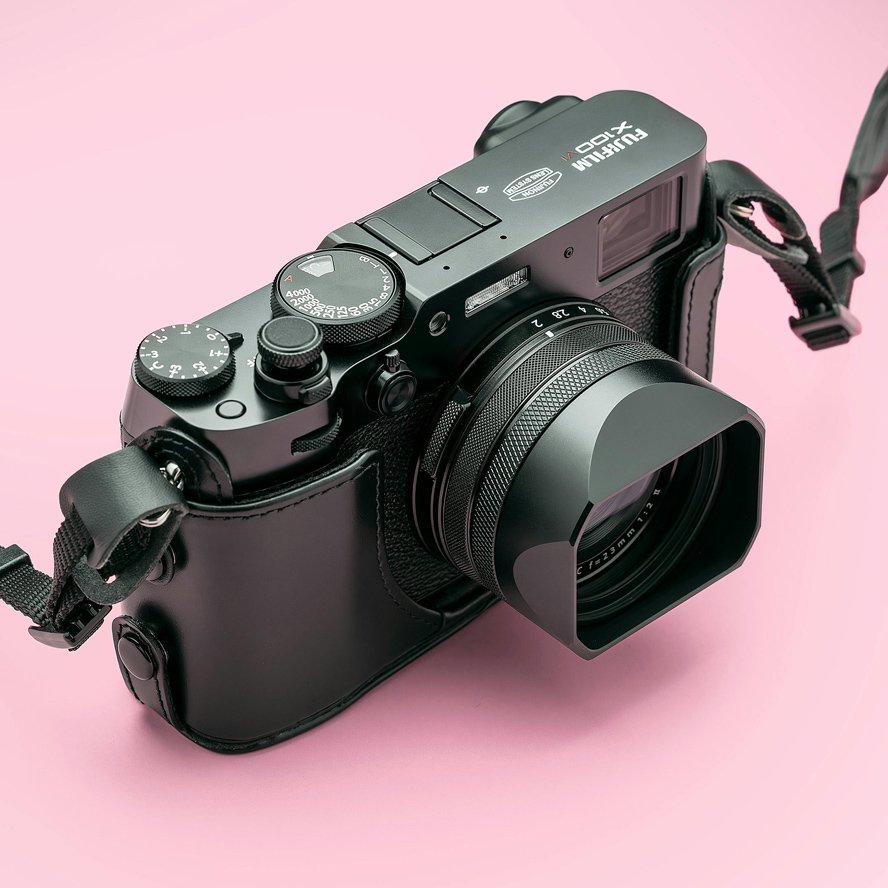How to Make Money as a Food Photographer
Making money as a photographer isn't particularly easy, especially if you're new in the industry. Some photographers target their interest and remain committed to only taking on assignments in that genre. However, for those who can't wait to become reputable in their chosen genre, it can be helpful to think outside the box of ways for ways to earn some additional income while also gaining some experience.
For example, there's real estate photography, aerial photography (ideal if you're also a hobby pilot and have inexpensive access to a plane), fashion photography working with modeling or marketing agencies (there's always catalog and website photography needed), commercial photography, and, one of our favorites, food photography. Yes, we said food photography. Read on for five ideas on how you can earn money by being a food photographer. Who knows? You might dedicate your career to photographing food!
1. Content:
If you want to be known as a food photographer, you'll need content, right? You can get started in any number of ways from shooting your own food scenes (you gotta eat, don't you?) to collaborating with others, including restaurants, farmers, etc., to shoot food images. Whatever way you decide to go it, create content so you can: 1) build a portfolio of work; 2) build a reputation as a good food photographer.
2. License Your Images:
If you have a lot of food images, consider licensing them to earn some money. Licensing your images doesn't have to be complicated. There are at least two ways to do it: through a stock agency or directly with the client.
If you cut out the middleman like a stock agency, you can get a bigger cut, but you'll have to deal with more of the work yourself. Here's an article about how to license your photographs: https://learning.linkedin.com/blog/design-tips/how-to-license-photos--it-s-much-easier-than-you-think--
3. Create a Blog and Leverage Social Media:
Get your images seen as much as possible and start by creating a food blog of some sort. If you're a cook, try creating a recipe blog and using your own images. (Make sure you note somewhere that you're available for private commissions as a food photographer.)
Leverage the power of social media by posting your images (remember to watermark them for protection against unauthorized use) and promoting your work. If you want people to buy your images, you need to get them seen.
4. Work for others:
This one is good when you're first starting out and really need the income: edit for other photographers or work for them. All photographers today do post-production editing which can be very time-consuming no matter how proficient they are with software and editing.
Make some extra cash by editing for other food photographers further along in their careers. Many also hire other less experienced photographers to assist them. Sign on! It's a good way to:
- Keep up your editing skills.
- Learn new editing tricks.
- Learn from a more experienced photographer.
5. Private and Commercial Commissions:
The most obvious, of course, is to take on private or commercial commissions of food photography work. This will likely take some time to get there, but through some diligent work, time, and networking, you will eventually land some commission work. Remember, that no one should be a bigger fan of your work than you!
Market your skills and get your name out there or you won't be able to gain any commissions. That includes being sure to maintain a top-notch website or blog where people can see your work and contact you. And, when that request comes in, be ready to jump at it with your set prices and contracts ready to go. Nothing says amateur more than not being ready to provide an estimate or bid for a job.



















